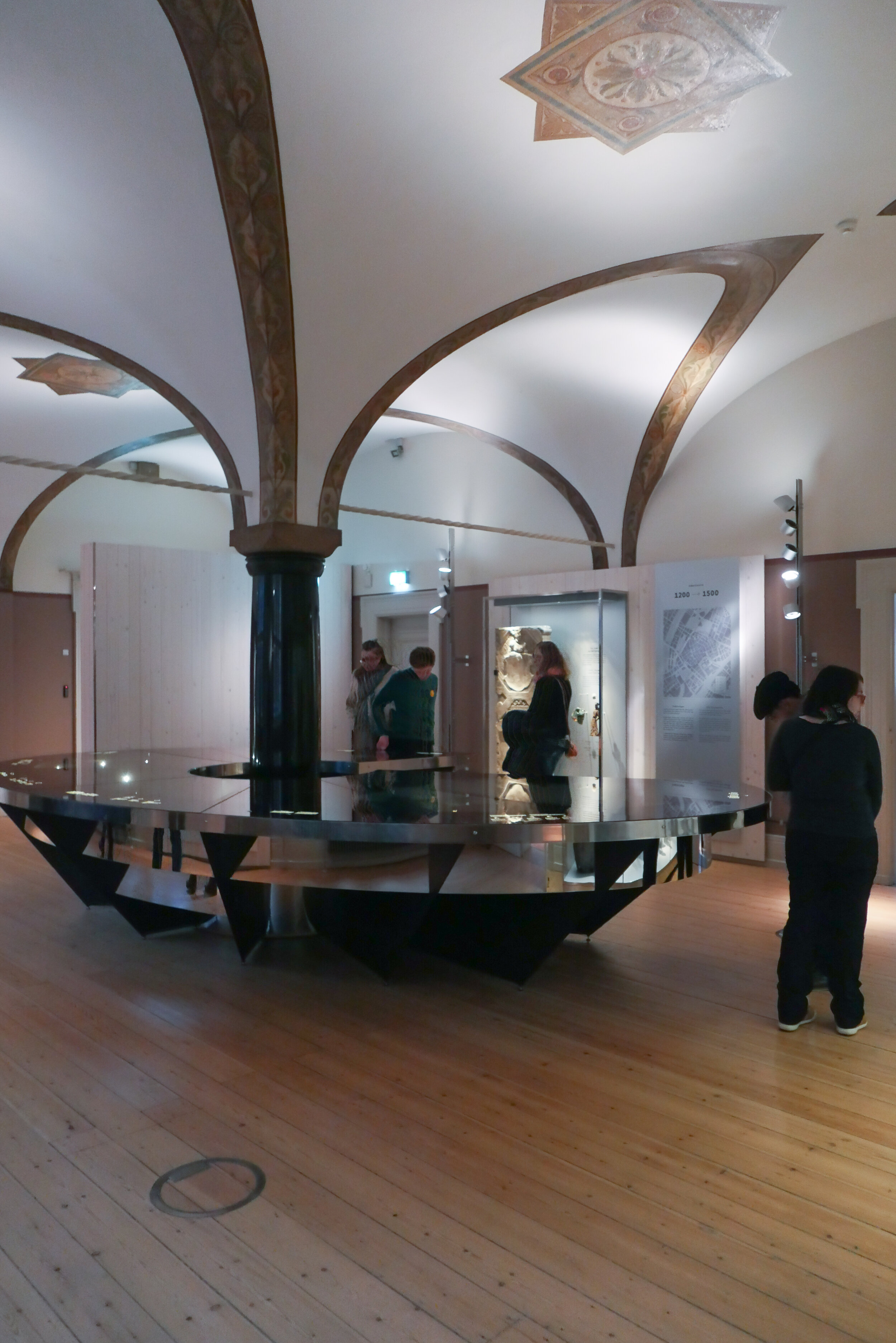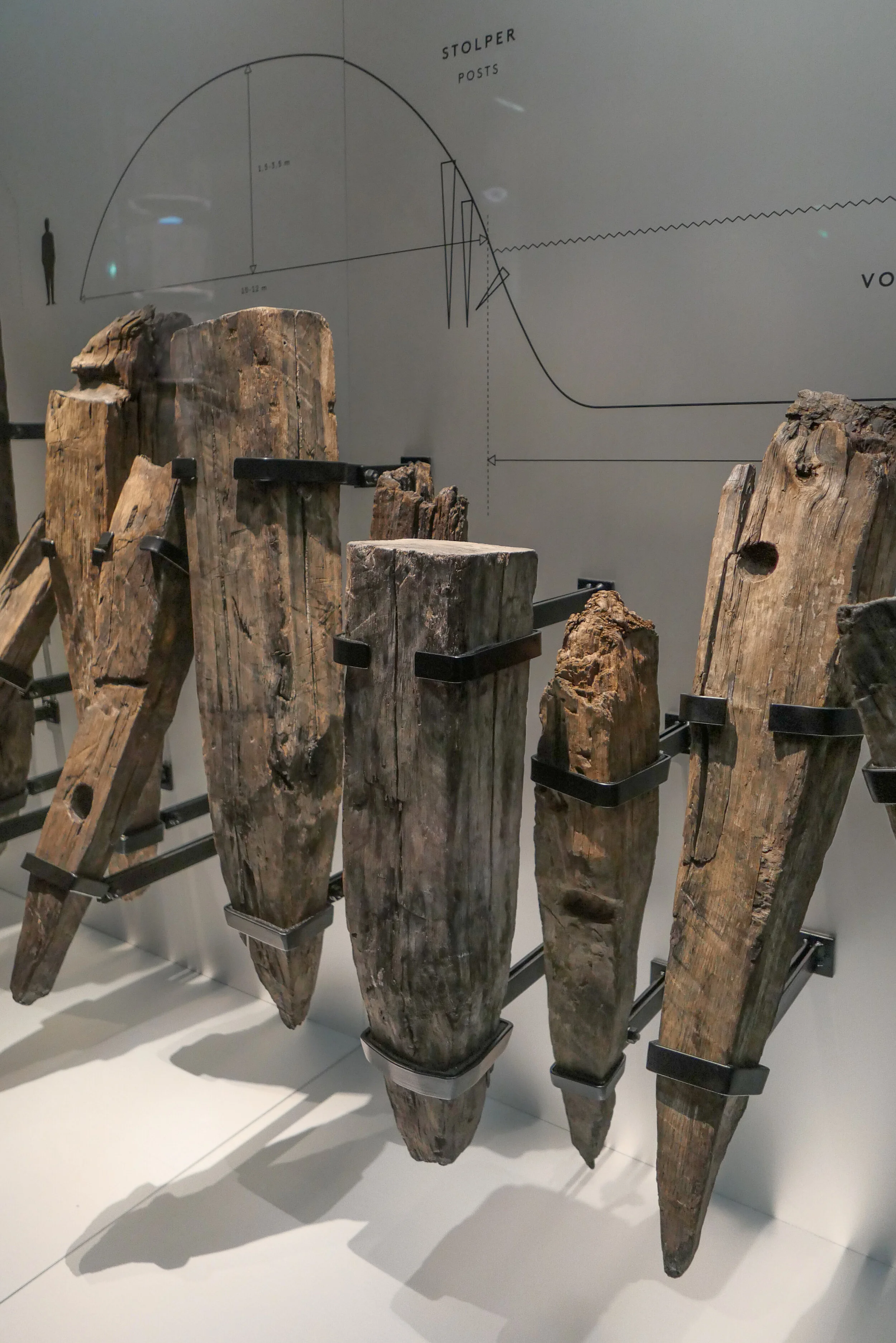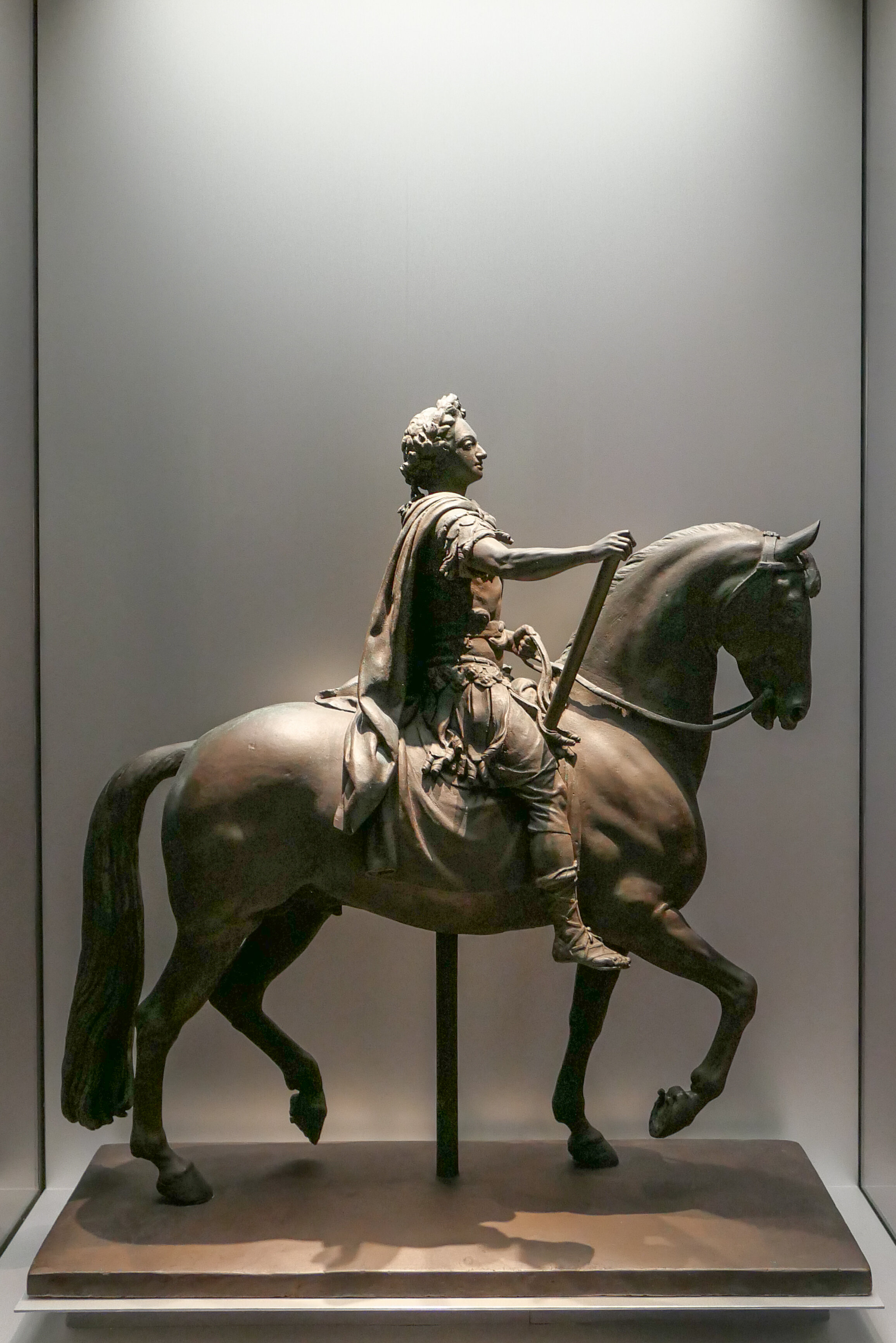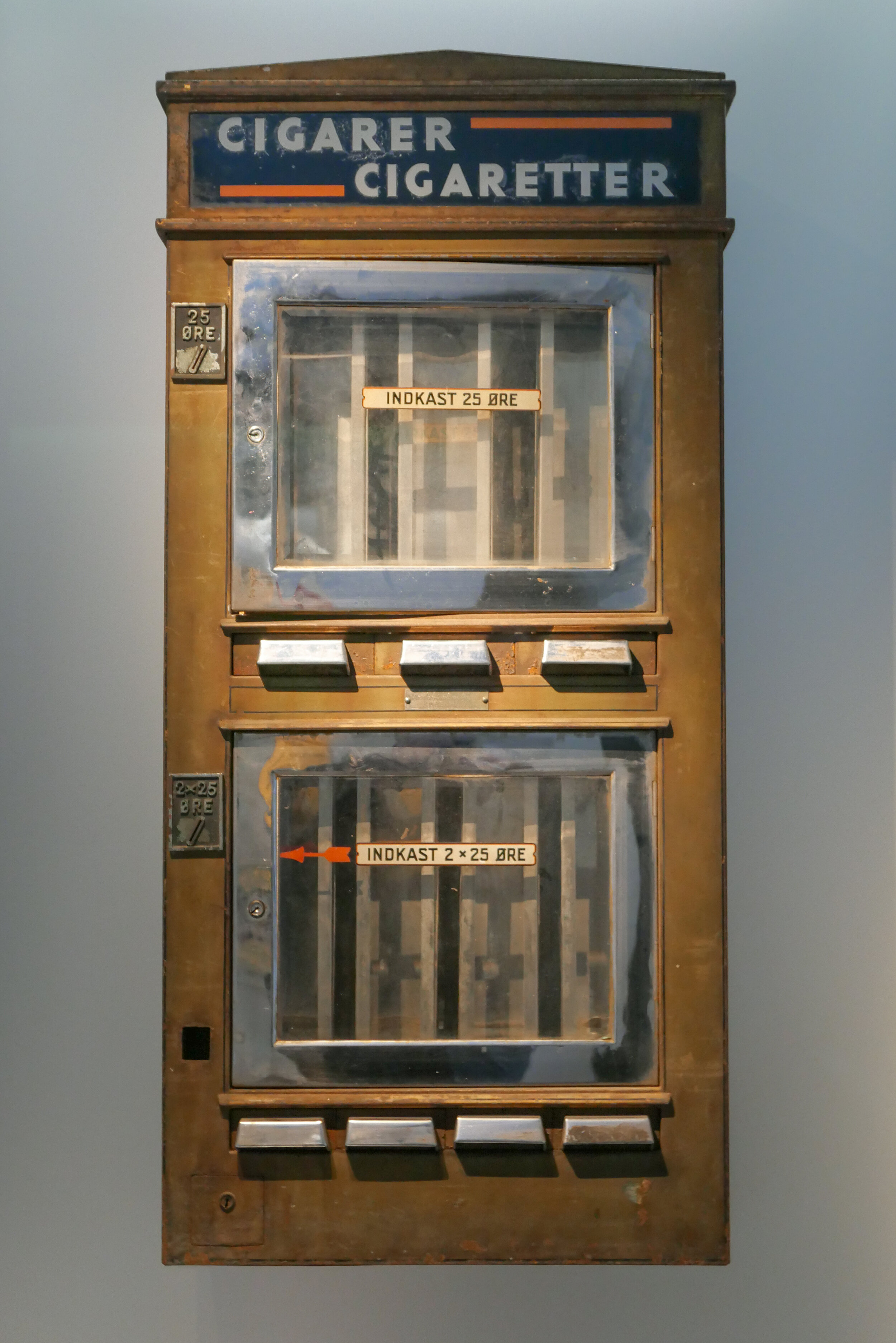Københavns Museum / Museum of Copenhagen
/On the main entrance level in the new museum, to the right of the entrance hall and the main staircase, there is a spacious and light room, one of the main rooms in the building, with a 17th-century style of ceiling with exposed painted beams supported on brackets. This is now an impressive entrance and ticket area with bookstall and with seating and tables for the café though with the counter and some seating in small spaces off the main room.
The rooms in the range to the left of the stair hall form a good-sized space for temporary exhibitions - the important first exhibition being Paul Fischer - Copenhagen in a good light.
On the first and second floors are arranged a series of spaces where the history of the city and its people are set out. The first area covers the period from 1200 to 1660 with archaeological remains from the first stages of the settlement shown in a very swish oval, glass and steel display with good animation panels such as a sequence to show how early tools were made by hunting down deer and then cutting and working the antlers. The second area covers the period from 1660 to 1850 and, on the second floor, there is Copenhagen from 1850 onwards along with what will surely be a main attraction for the new museum - a panorama and model of Copenhagen - and displays that bring the story of of the city through to now.
There are some areas still to be completed but that gives a good sense of a museum that can develop and grow, rather than being tied to a completely fixed display that itself quickly is seen to belongs to a single point in time, and it also gives a hint of just how much work is involved in curating and presenting these complicated displays. To look forward to soon are new areas on the history of the harbour and port - so Copenhagen as a mercantile and trading centre - and an area on the book trade and printing in the city so Copenhagen as an important centre of learning.
Because I have a post-graduate degree in museum and gallery studies, I often find myself distracted by looking at how a museum has displayed their objects and how they have tackled labelling or lighting as much as at the objects shown. But equally, as an academic, I tend to get frustrated by some trends in recent museums and particularly when they feel they have to entertain as a priority over everything else so they pander to an idea that visitors might have a short attention span and so focus on screens and buttons and effects and often with a minimal number or sometimes no actual objects. There is a part of me that still likes huge cases full of lines and lines of amazing objects where you discover things and get hooked in by things you had not realised were there - an old approach to museum displays that is sometimes derided as storage on display.
I would say honestly that the new Museum of Copenhagen has got the balance just about right. There are absolutely outstanding objects here and beautifully presented but there are also touch screens and audio visual displays to present a phenomenal amount of background information. After all, the museum is here with a role not only to curate an important collection but also to tell a rich and complicated story.
There are really good sections on the 19th-century cholera outbreak that was one of the insentives for rebuilding the city in the late 19th century and a small room which, in a dramatic way with sound effects, shows the impact of extensive and devastating fires in the 18th century that, with the consequential rebuilding, changed the city radically.
Other themes include material on crime and poverty in the city and, in stark contrast, a section on the 18th-century city that looks at the contrived and prescribed manners of the wealthy and the life of the craftsmen and journey men who were and still are crucial to the city.
In the area looking at the city in the late 19th century there is a very clever trick to present that period through eight different aspects or view points represented by people or occupations so an engineer, a street photographer. a cyclist and a flaneur - a young man who strolled around the city seeing and being seen. These are represented by objects - a street light, a camera on a tripod and so on but also by a number of amazing historic photograph that can be seen on a large flat screen by, of course, swiping right.
the entrance and information and bookstall area - the display of important archaeologica finds - Copenhagen around 1900 portrayed through the engineer, the street photograph, the flaneur and others - wooden posts that reinforced the steep slope of the defences - model for the equestrian statue of Frederik V set up in 1771 - and a cigarette machine - so OK that last one hardly needs a caption
The main attraction on the top floor is a large model and a panorama of the city with certain aspects that can be lit up at the touch of a button - for instance the line of the coast or beach at each stage can be picked out as a blue line to reinforce the important fact that much of the city is built out over the sea - but it is also worth standing and looking at the full display on the data wall. It actually takes around 30 minutes to scroll through the full sequence but here I discovered astounding facts about the modern city …. did you know just what a huge proportion of the waste collected from the streets is, by weight, cigarette butts? Or that there are now 675,000 bikes in the city and people in Copenhagen cycle a cumulative total of 400,000 kilometres a day so the equivalent of a relay race of 35 circuits of the world?
Design work for the exhibition displays and the panorama was by JAC studios with lighting design by fortheloveoflight.















































